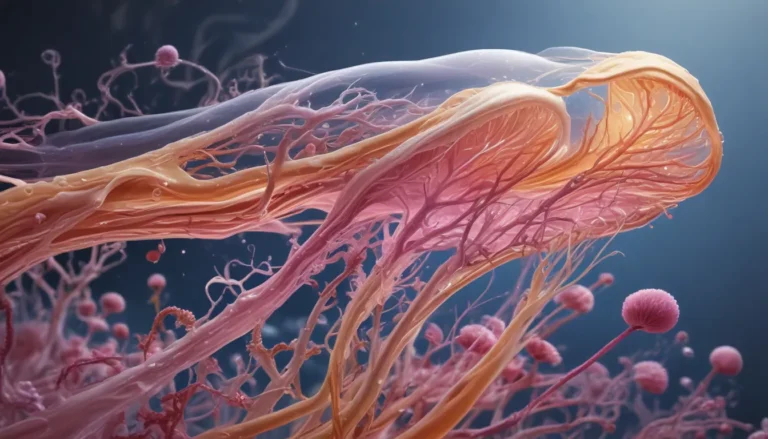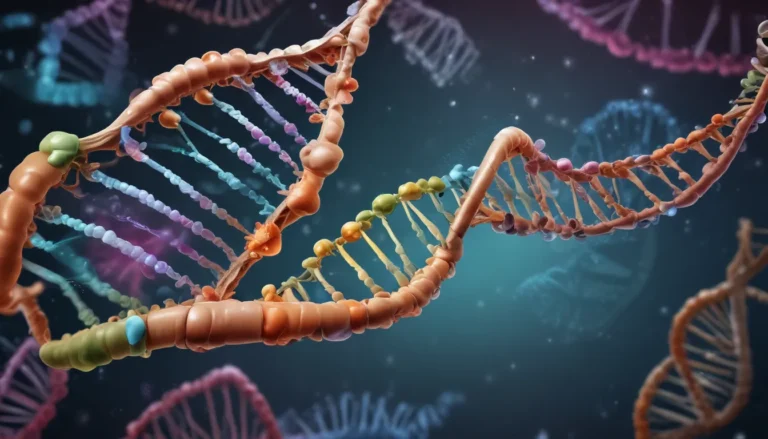A Note About Images: The images used in our articles are for illustration purposes only and may not exactly match the content. They are meant to engage readers, but the text should be relied upon for accurate information.
In the intricate world of feeding behavior, neural circuits serve as the critical architects behind the scenes. These complex networks of interconnected neurons within the brain orchestrate the essential processes that drive our feeding and satiety responses. Delving into the realm of neural circuits in feeding behavior unveils a tapestry of extraordinary features that continue to captivate scientists.
Unraveling the Intricacies of Neural Circuits
Neural circuits stand as intricate networks of neurons that wield immense control over feeding behavior in animals. These circuits act as the master regulators of appetite, satiety, and food intake, ensuring the seamless coordination of essential physiological functions.
The Hypothalamus: The Maestro of Feeding Behavior
At the heart of the neural circuits governing feeding behavior lies the hypothalamus, a pivotal brain region where these intricate networks converge. The hypothalamus serves as the central hub that integrates signals from the body, orchestrating the delicate balance between hunger and fullness sensations.
Adaptability and Plasticity of Neural Circuits
Far from being static entities, neural circuits involved in feeding behavior exhibit remarkable adaptability and plasticity. These circuits can undergo modifications influenced by factors like diet, hormonal fluctuations, and environmental cues, thereby shaping an animal’s eating habits.
Sensory Input: A Key Player in Feeding Circuits
Sensory cues, such as the aroma or visual appearance of food, activate specific neural circuits that kickstart the feeding response. By integrating sensory information, these circuits trigger appropriate motor and physiological responses necessary for feeding.
The Interplay with Reward Pathways
Feeding behavior intertwines closely with the brain’s reward system, as neural circuits associated with feeding interact with reward pathways. This interaction fosters a sense of pleasure and reinforces the positive association between food consumption and feelings of contentment.
Evolutionary Roots of Feeding Circuits
The fundamental principles guiding neural circuits controlling feeding behavior display a striking evolutionary conservation across species. This conservation hints at the refined mechanisms governing food intake honed over millions of years of evolution.
Implications of Dysfunctional Circuits
Disruptions in the delicate balance of neural circuits controlling feeding behavior can pave the way for eating disorders such as anorexia nervosa, bulimia, or binge eating disorder. Understanding these circuits is paramount in devising effective treatments for such conditions.
The Gut-Brain Axis: A Crucial Connection
The gut-brain axis serves as a bidirectional communication system linking the gastrointestinal tract with the brain, exerting a profound influence on feeding behavior. Neural circuits associated with feeding interact with signals from the gut, shaping appetite and food preferences.
Hormonal Influence on Feeding Circuits
Hormones like leptin and ghrelin wield significant sway in regulating neural circuits involved in feeding behavior. These hormones communicate crucial information about the body’s energy reserves, influencing appetite, satiety, and food intake.
Environmental Factors and Feeding Circuits
Environmental factors such as stress, social interactions, and food availability can impact neural circuits governing feeding behavior. These factors modulate the activity of these circuits, leading to variations in feeding patterns.
Paving the Way for Obesity Treatments
Exploring the neural circuits intertwined with feeding behavior offers valuable insights into the intricate mechanisms underpinning obesity. Unraveling these circuits opens avenues for innovative therapeutic interventions aimed at managing and treating obesity.
Unveiling the Marvels of Neural Circuits in Feeding Behavior
The extraordinary facts surrounding neural circuits involved in feeding behavior illuminate the complexity and sophistication of the brain’s control over our fundamental survival instinct – feeding. From their role in regulating hunger and satiety to their remarkable plasticity enabling adaptive changes in feeding patterns, these facts underscore the intricate mechanisms at play. By understanding these extraordinary facts, we pave the way for advancements in neuroscience, nutrition, and therapeutic interventions for conditions related to eating disorders and obesity.
Frequently Asked Questions
How do neural circuits regulate feeding behavior?
Neural circuits integrate signals from the body and external environment to regulate hunger and satiety, coordinating motor responses and food intake.
Can neural circuits adapt to changes in feeding behavior?
Yes, neural circuits exhibit remarkable plasticity, adapting to changes in feeding behavior to promote efficient energy usage.
Are neural circuits involved in feeding behavior the same in all organisms?
No, neural circuits can vary across species, but fundamental principles underlie feeding behavior in diverse organisms.
How do neural circuits integrate sensory information during feeding?
Neural circuits integrate sensory cues to assess food palatability and nutritional value, influencing feeding decisions and energy balance.
Can disruptions in neural circuits lead to eating disorders?
Yes, disruptions in neural circuits can contribute to eating disorders, emphasizing the need for targeted interventions and understanding neural mechanisms.
Embark on a journey into the captivating realm of neural circuits in feeding behavior, where the mysteries of our brain’s intricate workings await. Explore the fascinating adaptations in egg-eating snakes and beyond, delving deeper into the awe-inspiring world of feeding behavior. Trust in our commitment to delivering engaging, credible content that illuminates the wonders of neural circuits and their profound impact on our lives.






